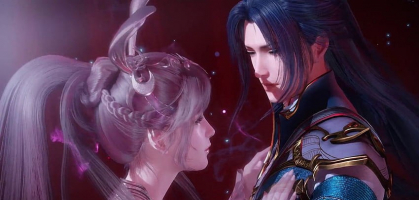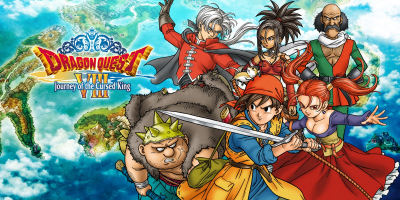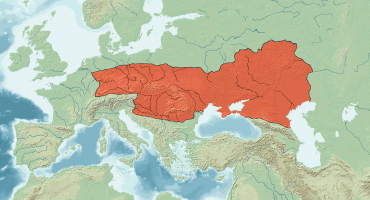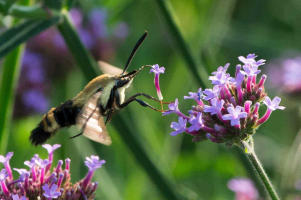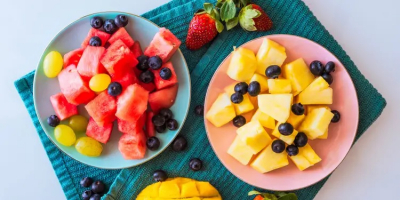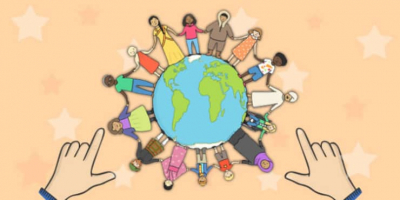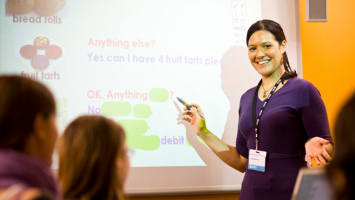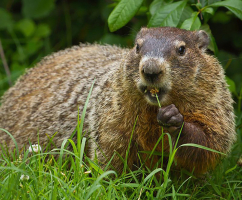Top 6 Cultures that Recognize more than Two Genders
Many societies throughout history have accepted gender identities other than male and female. Nonbinary people have frequently held unusual roles in their ... read more...society, such as priests, artists, and ceremonial leaders. Here are some nonbinary genders that are accepted by societies all across the world.
-
Within Hindu society, the concept of the gender hijra stands as a prominent example of a recognized nonbinary identity in India. This unique identity is deeply rooted in Hindu religious texts and has a rich historical presence across South Asia. While many hijras are born with male physical attributes, the hijra community is inclusive of intersex individuals as well. An intricate culture surrounds the hijra identity, often leading them to leave their homes and join groups that impart spiritual teachings to new members.
Hijras play a significant religious role in Hindu culture, participating in various rituals such as weddings and childbirth ceremonies. Their presence is accompanied by beliefs in their ability to bestow blessings or inflict curses upon others. However, over time, a stigma emerged against hijras, exacerbated by British colonialism's influence. In a striking example, a British law dating back to 1871 classified all hijras as criminals, casting a shadow over their social standing.
Despite the challenges of historical prejudices, the hijra community has maintained its resilience. This community faced continued adversity even after recognizing nonbinary rights in countries like Bangladesh, India, and Nepal in 2014. The contributions and cultural significance of hijras have persistently endured, underscoring their vital role in the tapestry of South Asian societies.
In general, the hijra identity exemplifies the dynamic interplay between culture, history, and societal change. Rooted in Hindu tradition and spiritual practices, hijras have navigated a complex journey marked by both veneration and discrimination. As modern South Asian societies evolve to embrace the rights of nonbinary individuals, the legacy of the hijra community continues to shed light on the importance of understanding and celebrating diverse gender identities.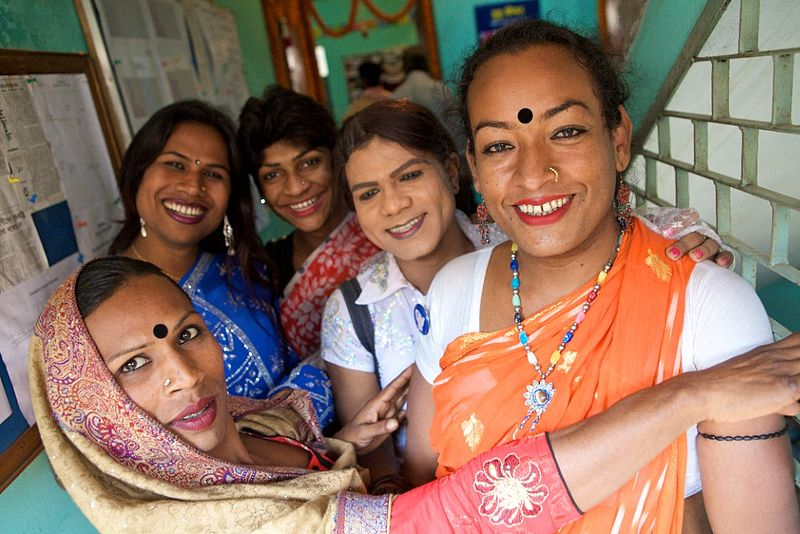
Hijra (South Asia) - Photo on Wikipedia 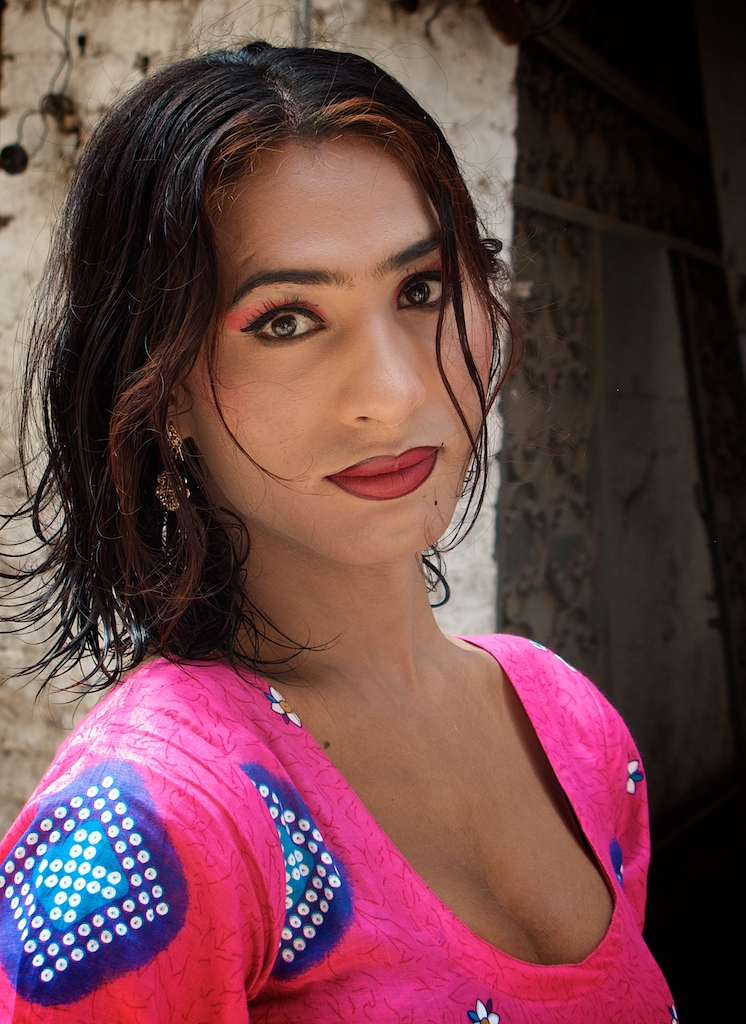
Photo on Flickr -
The Bugis ethnic group, located in South Sulawesi, Indonesia, embraces a distinctive understanding of gender, recognizing three genders that transcend the conventional binary. One of these genders is known as "Calalai," referring to individuals who possess female sexual characteristics but choose to present themselves in ways that align with traditional masculinity. This often involves sporting short hair and adopting men's attire. Calalai individuals also assume social roles akin to those of men, granting them certain freedoms beyond the confines of traditional female roles.
Another gender within the Bugis culture is "Calabai." Calabai individuals possess male sexual characteristics but occupy roles traditionally held by women. It's important to note that while calabai fulfill roles associated with women, they do not personally identify as women. They actively reject the limitations imposed upon women and maintain their natural sexual attributes. In Bugis society, calabai often play central roles in overseeing weddings and managing various aspects of these ceremonies.
The third gender recognized by the Bugis ethnic group is "Bissu." Bissu individuals embody a synthesis of both masculinity and femininity, transcending the boundaries of other genders. Within Bugis beliefs, the role of bissu holds a spiritual significance that surpasses other gender identities. Bissu individuals often adorn themselves with flowers and carry sacred daggers, symbols of their encompassing identity. Their role involves conducting spiritual rituals, with the perception that they bridge the realms of the earthly and the divine.
The Bugis ethnic group of South Sulawesi, Indonesia, offers a distinctive perspective on gender that challenges the conventional binary understanding. Through the recognition of Calalai, Calabai, and Bissu genders, the Bugis culture highlights the complexity and diversity of human identities and their spiritual dimensions. This unique gender framework emphasizes the intricate interplay between societal roles, self-expression, and spiritual significance within the Bugis community.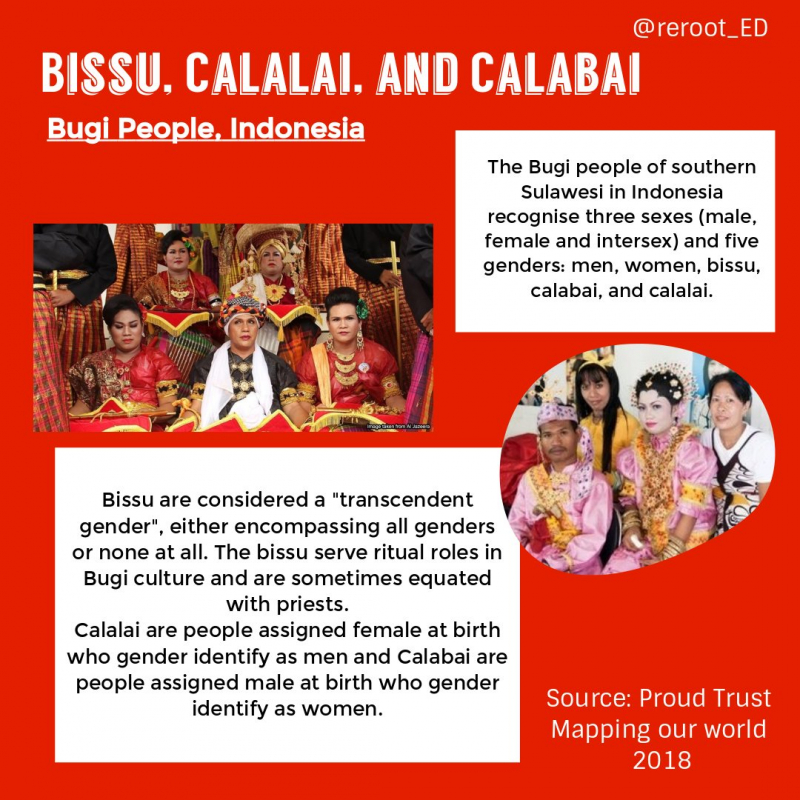
Photo on Twitter 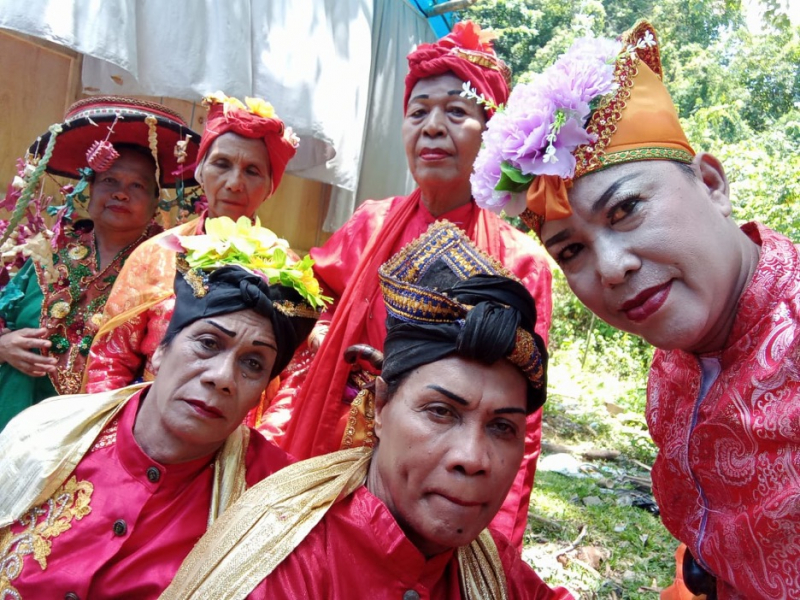
Photo on Counterpoint: Navigating Knowledge -
Muxes form a distinctive community in Mexico, embracing a feminine identity despite possessing male sexual characteristics. The term "muxe" bears resemblance to the Spanish word for "woman," which is "mujer." Within this community, muxes often assume household roles typically associated with women, such as cooking, sewing, and tending to family needs. It's important to note that muxes are not a homogenous group; they express their gender identities in diverse ways while uniting under the term "muxe."
The muxe identity is deeply rooted within the cultural fabric of the Indigenous Zapotec people, who primarily reside in the southern Mexican state of Oaxaca. While Zapotec culture holds a level of respect for muxe individuals, they still face certain societal limitations. These restrictions may include prohibitions on cohabiting with their intimate partners or leaving their family homes, highlighting the complex interplay between cultural acceptance and imposed constraints.
Annually, muxes partake in the "La Vela de las Auténticas Intrépidas Buscadoras del Peligro," translated as the "Festival of the Authentic and Intrepid Danger-Seekers." This lively celebration is a tribute to muxes, marked by energetic revelry. This festival stands as an occasion for honoring the unique identities and contributions of muxes within their cultural context.
Rooted in Indigenous Zapotec culture, muxes defy traditional gender norms by embracing their feminine identities. As they navigate both societal challenges and celebrations, the muxe community continues to underscore the diversity and resilience of human identity within the rich tapestry of Mexican culture.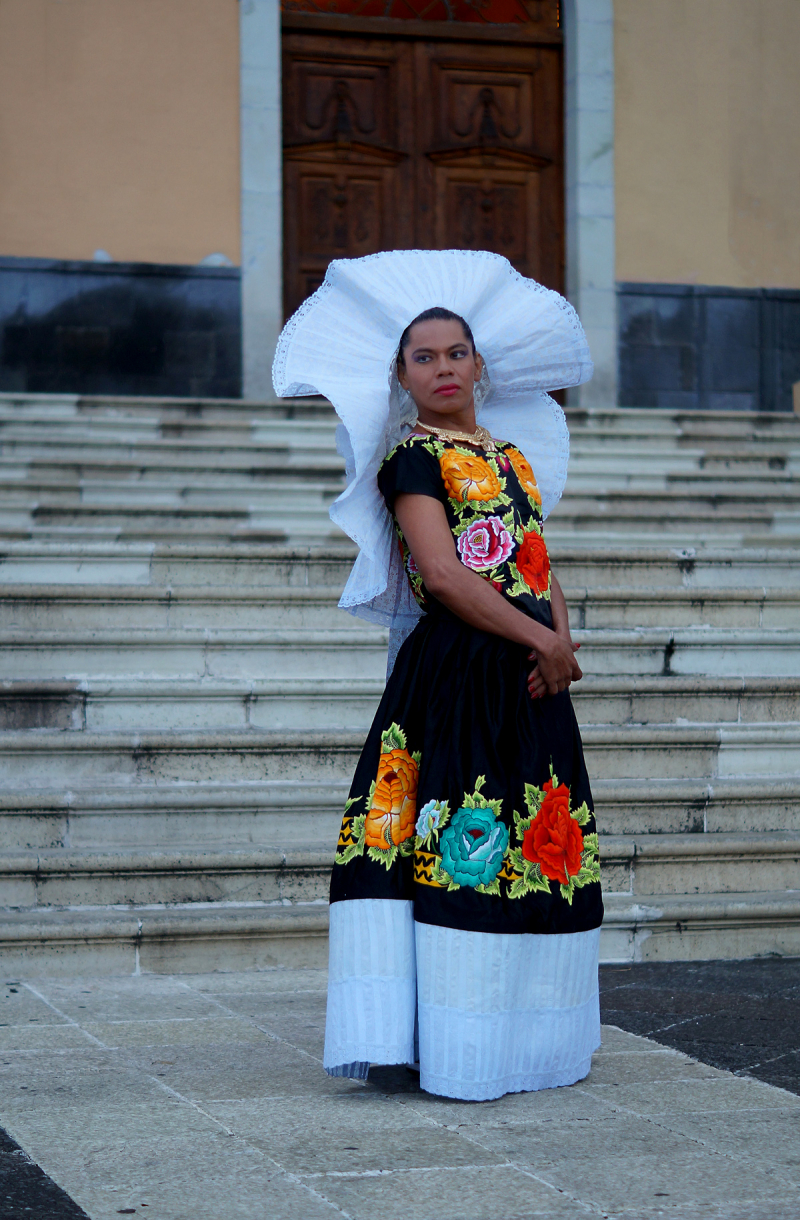
Photo on Wikimedia Commons 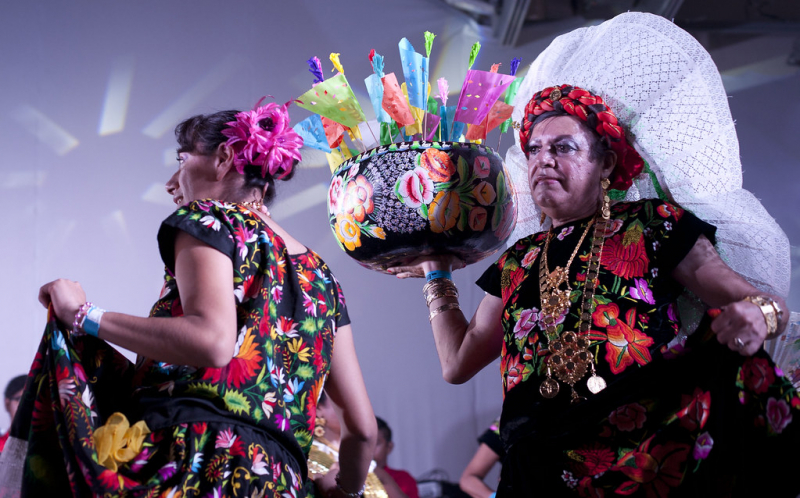
Photo on Flickr -
Originating from Madagascar, the Sakalava people possess a unique perspective on gender, acknowledging the existence of a gender known as "sekrata." Sekrata individuals are born with male biological attributes; however, when they exhibit feminine traits during childhood, they are raised as girls within their families. This distinctive gender identity is characterized by adopting feminine aesthetics, such as hairstyling and jewelry.
As sekrata individuals transition into adulthood, they inhabit a distinct societal role. Unlike adhering to conventional male roles like soldiering, sekrata individuals assume different responsibilities, often participating in various ceremonies. This evolution in their societal roles highlights the nuanced understanding of gender within Sakalava culture, where biological attributes do not strictly determine roles.
Sakalava society embraces sekrata individuals, reflecting a broad acceptance of their presence. Recognized as both sacred and under the protection of supernatural forces, sekrata individuals hold a significant place within the fabric of Sakalava cultural beliefs. Their unique position further underscores the diverse ways in which gender identity is conceptualized and integrated within this indigenous community.
The Sakalava people of Madagascar offer an intriguing insight into the complexity of gender identity through the recognition of sekrata. By challenging conventional gender norms and emphasizing the importance of individual expression, Sakalava culture showcases the rich diversity of human experiences and identities. The acceptance and reverence afforded to sekrata individuals within their society stand as a testament to the intricate interplay between culture, identity, and spirituality.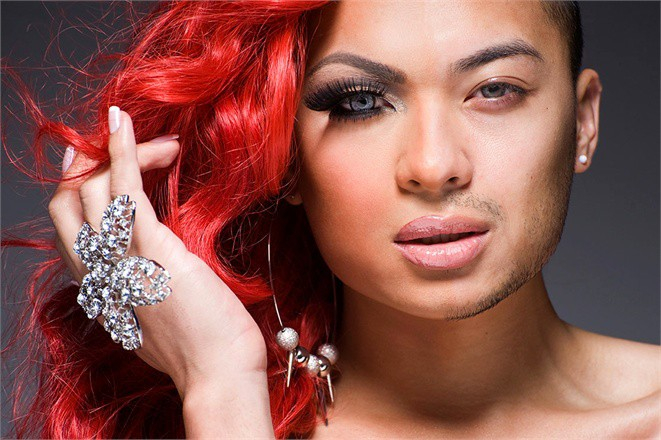
Photo on WordPress 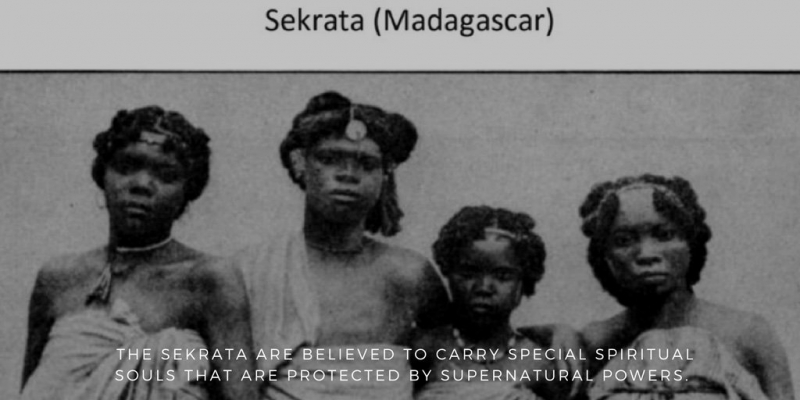
Photo on Twitter -
The term "two-spirit" has been embraced by certain Indigenous North American communities to describe individuals believed to embody both male and female spirits. Seen as possessing a unique ability to perceive life from both masculine and feminine perspectives, two-spirits play a role in bridging these differences. While the term was coined in 1990, the concept it encapsulates traces back through the histories of various Indigenous cultures, manifesting with different names, expressions, and statuses across communities.
Within Indigenous cultures, two-spirit individuals have historically held specialized roles, earning esteem as artisans such as basket weavers and potters, as well as fulfilling roles as healers, matchmakers, and leaders in ceremonial settings. These multifaceted roles showcase the significant contributions two-spirits have made to their communities, enriching the social fabric through their diverse skills and insights.
The advent of European and European American colonization led to the suppression of Indigenous cultures, including deliberate efforts to eradicate traditional two-spirit "ways of walking." Despite these challenges, there is a resurgence of acceptance for two-spirit individuals within certain Indigenous communities. This resurgence signifies a growing acknowledgment of the historical significance and cultural value that two-spirit individuals bring to their communities.
In conclusion, the term "two-spirit" encapsulates a rich and multifaceted identity within Indigenous North American cultures. By acknowledging individuals who embody both male and female spirits, these cultures recognize the importance of diversity and the role two-spirits play in fostering unity and understanding. As awareness of this unique identity continues to evolve, it underscores the resilience of Indigenous cultures and the importance of preserving and celebrating their intricate historical perspectives.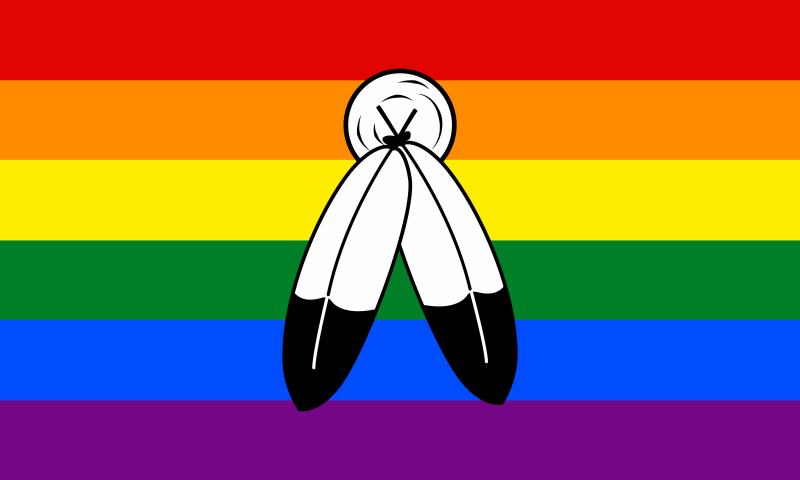
Photo on Wikimedia Commons them -
In the Philippines, the term "bakla" describes individuals who possess male biological characteristics but identify with femininity, often expressing their gender through feminine attire and behavior. This encompassing identity not only relates to gender presentation but can also intersect with sexual orientation, with many bakla individuals being an integral part of the LGBTQIA+ community.
Historically, bakla individuals were recognized as embodying both masculine and feminine traits, often assuming leadership roles within their communities. They held a unique position that transcended conventional gender norms, contributing to the social fabric of their societies in multifaceted ways.
However, the landscape changed after Western colonization, leading to a decline in the acceptance of bakla individuals. Despite these challenges, a resilient bakla community continues to exist both in the Philippines and in other regions. This community serves as a testament to the enduring strength of identity and the capacity to navigate societal shifts while preserving cultural diversity.
As an integral part of the LGBTQIA+ community, bakla individuals contribute to the broader dialogue on diversity and self-expression. Their historical significance and contemporary presence underline the need for inclusivity and respect for diverse identities within societies, showcasing the intricate interplay between culture, acceptance, and resilience.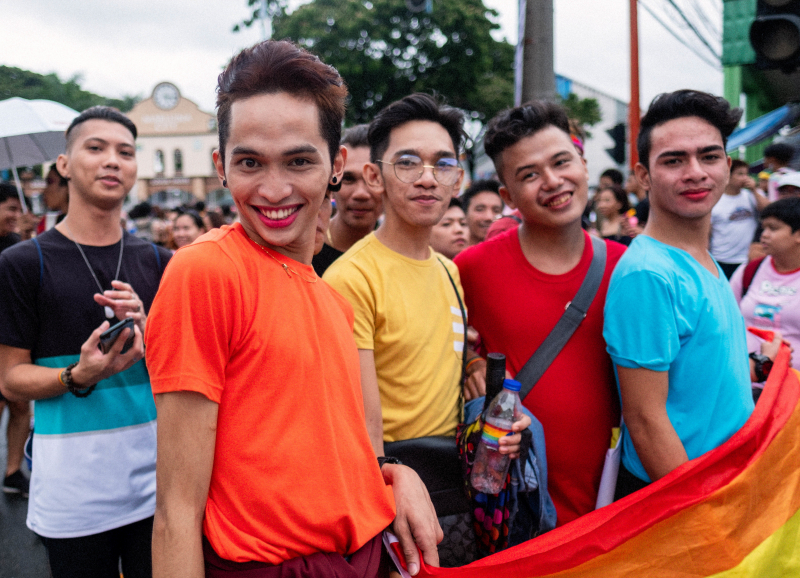
Photo on Wikimedia Commons Video by One Down









